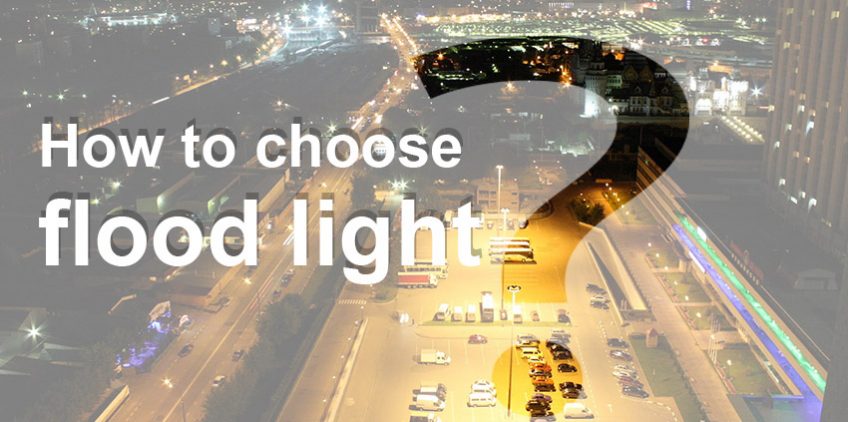
The buying tip- outdoor LED flood light manufacture
The best LED flood light purchase guidance LED high mast light factory supplier high power led lighting manufacture
The use of LED lighting is now a trend. Whether it is starting from energy saving, or considering the total cost of construction. Outdoor LED floodlight is a term used to describe external lighting that is usually installed on buildings or utility poles to provide directional lighting to various types of spaces. This type of lighting is usually used to provide lighting to safe areas, areas used by vehicles and pedestrians, as well as areas for washing walls of buildings, as well as venues for sports activities and other larger areas that require general outdoor lighting.
Most existing outdoor floodlight applications use high intensity discharge (HID) lamps, such as metal halide, high pressure sodium, and very robust mercury vapor lamps. Compact fluorescent lamps (CFL) can also be found in non-LED floodlight fixtures.
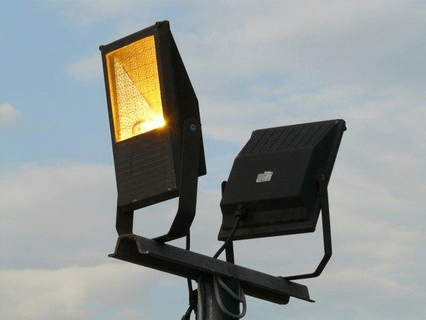
What are the common problems with the HID floodlighting application?
All HID lamps have some inherent characteristics that may cause trouble for those who manage external lighting applications.
Energy costs are too high
The power range of ordinary (HID) lamps used in commercial and industrial floodlights is 100 watts to 1000 watts. The higher the wattage, the higher the light output. The function of the lighting area, combined with the number of poles and fixtures, spacing and installation height, played a role in the existing power used. A 400w or 1000w HID lamp (the common power of external floodlight light) can cost as much as US$200 and US$550 per lamp per year.
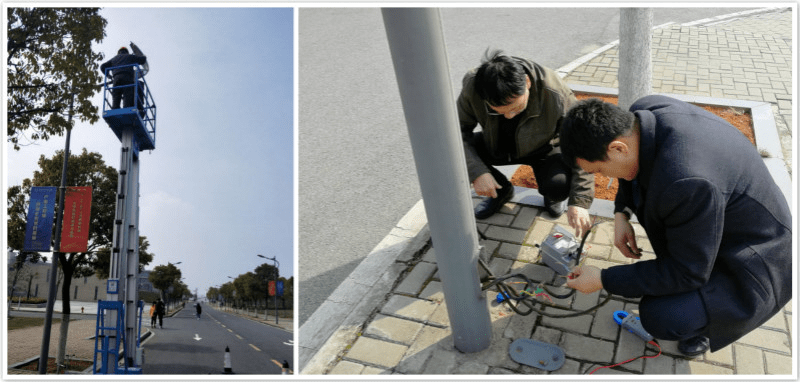
Increase maintenance costs
Maintenance costs are usually the main issue for outdoor lighting applications (such as HID floodlights). In addition to potential lamp life issues, floodlights are usually installed at a height of 15 feet or more, usually requiring the use of a bucket truck or elevator to replace the lamp or ballast. Many buildings and facilities do not have trucks or lifts, so external contractors must be hired to maintain these fixtures. These costs may actually add up within a few years. Maintaining an external floodlight fixture in a three-year period can easily cost up to $1,500 in labor and material costs.
Low lighting performance
Depending on the type of HID lights used in your facility, the performance characteristics of floodlights may vary greatly. For example, if you use a metal halide lamp, you may see “whiter” light, but these types of lamps tend to accelerate lumen decay, which means that the light output of the lamp will decrease rapidly after the initial installation, as a result , The overall life of the lamp will be shortened (we have all seen those floodlight lamps with “pink” lights that hardly provide any lighting on the ground). If you use high-pressure sodium salt, you may see a longer “useful” life, because these lamps see less luminous flux drop than metal halides, but their fuel structure produces a very “orange” light. And the color rendering index is very low. Therefore, from the perspective of HPS, you can basically replace the longer-life lamps with the lower-quality lamps.
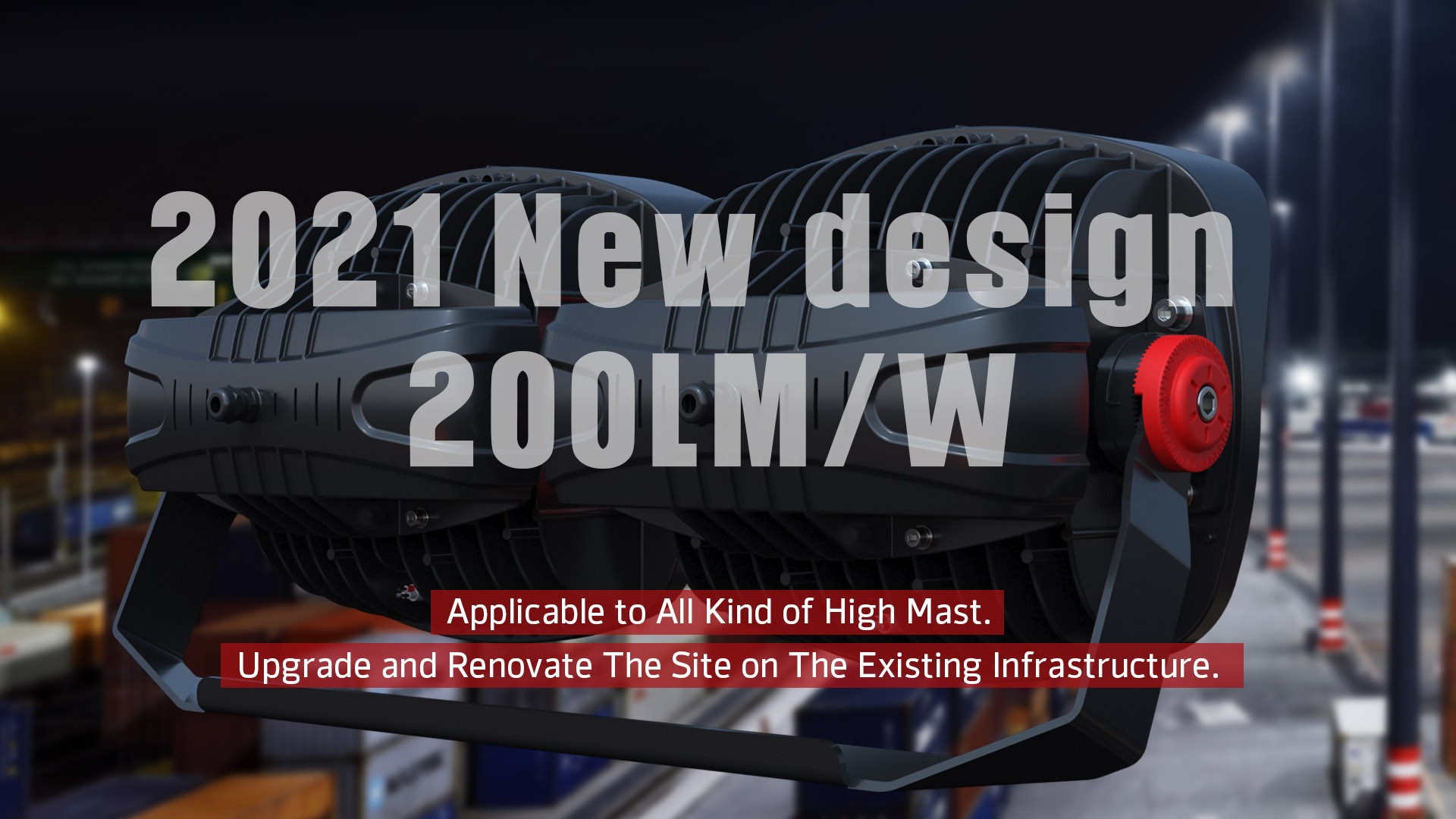
What are the benefits of outdoor LED flood lights?
Outdoor LED lighting fixtures, such as commercial LED floodlights provide some excellent benefits for GENERATE light because of how they need to illuminate the external area, and how they DISTRIBUTE light. Like HID lamps, contrary to the consumption of “fuel sources”, light-emitting diodes emit light through semiconductors. Regarding the “distribution” of light, LED light usually use a “multi-point” light source, which means that the luminaire has multiple diodes with independent optics. When you compare this with the way most HID lamps distribute light (with a single bulb and reflector in the lamp), the result is that the light is more evenly distributed in a given area.
The three most common benefits of outdoor LED floodlights:
Save energy loss
The general power range of commercial outdoor led floodlight lamps is 40 watts to 600 watts, which can usually reduce energy consumption by 50% -70%. The reason for this situation can be attributed to the above-mentioned “power generation” note, which can save up to $300 in electricity bills per lamp per year.
Reduce maintenance costs
Likewise, because of the way LED produce light, the way they progress through their functional life is very different. The light output produced by the LED will decrease very slowly over time, instead of being unable to operate normally once the fuel source is greatly reduced. As a result, the functional life of LED lamps (usually more than 50,000 hours) may be significantly longer than that of HID lamps, which in turn greatly reduces the cost of maintaining external floodlight lamps over a longer period of time.
Lighting performance upgrade
Due to the multi-point design, the LED light “DISTRIBUTE” emits light. Therefore, LED outdoor lighting used for floodlight applications usually provide a very uniform light distribution. This means that as the distance from the rod or fixture changes, the light level on a given surface will change less. Compared with HID lamps, HID lamps usually produce a “bright spot” directly below the lamp. As the distance from the lamp pole increases, the light level will drop sharply. As far as LED and HID are concerned, the result is a more even distribution of candlelight generated by LED conversion. In addition to the uniform distribution of light, the LED is in a range of available color temperatures, and as a result provides a series of options to increase the visual perception of “brightness”.
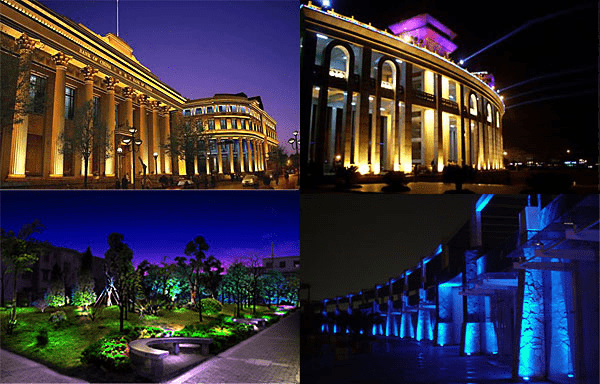
How to determine the next step to improve outdoor LED floodlight?
The first step is to communicate with a manufacturer-neutral LED lighting solution provider. Why is this method the opposite of the company you have used in the past few years? Unless the company focuses on providing LED solutions, they are unlikely to have a performance-oriented mentality that is necessary to obtain the desired results of external LED lighting projects for industrial and commercial floodlight applications. In any LED project, a crucial step is to understand that LED is not a commodity. In the past few decades, building facility managers and owners have only evaluated product options based on cost, provided that all options considered are of the same quality. This is not the case with external LED lighting.
Solution-focused vendors should ask you about your project goals. Are there budget constraints, energy-saving targets, lighting performance requirements, etc.? The right partner will want to understand the results you want, not just what specific products they can sell you. Not all LED products are the same. Different manufacturers provide different levels of value for different applications, and cooperate with a company with product expertise to recommend solutions that can meet your project priorities, and ultimately you will get the best results.
Conclusion:
Our Green light LED team has been committed to developing safe and energy-saving lighting solutions for customers. Please contact our team to obtain a satisfactory design solution. Save the biggest cost for your lighting project. [email protected].
